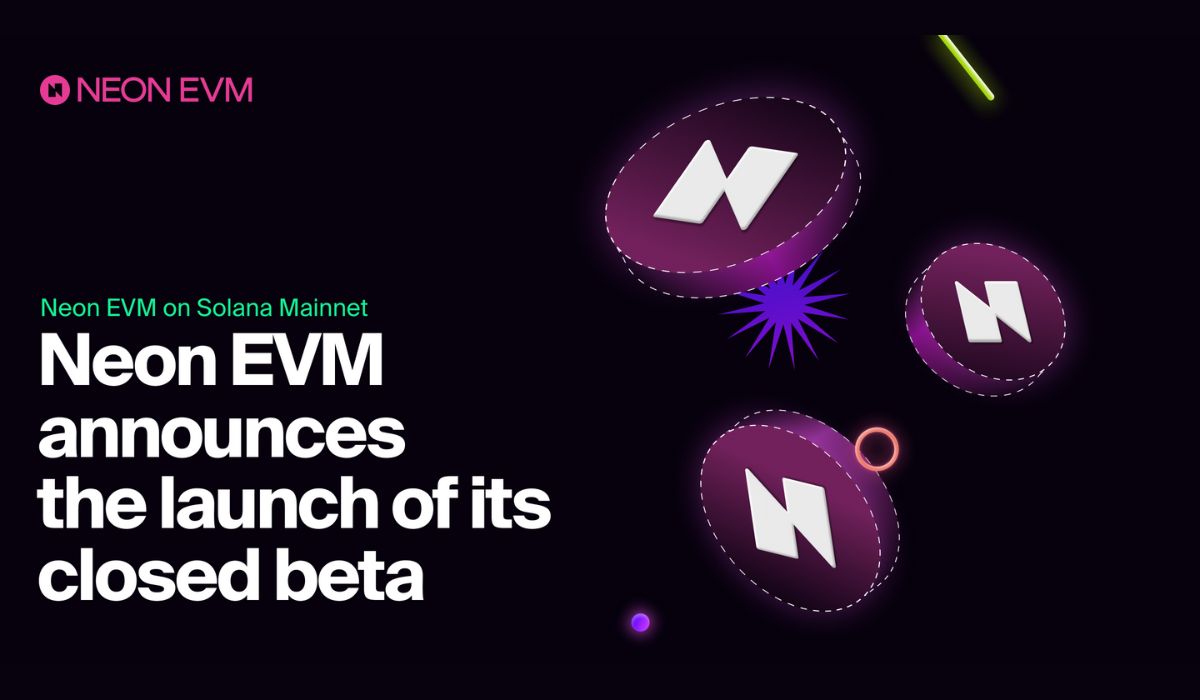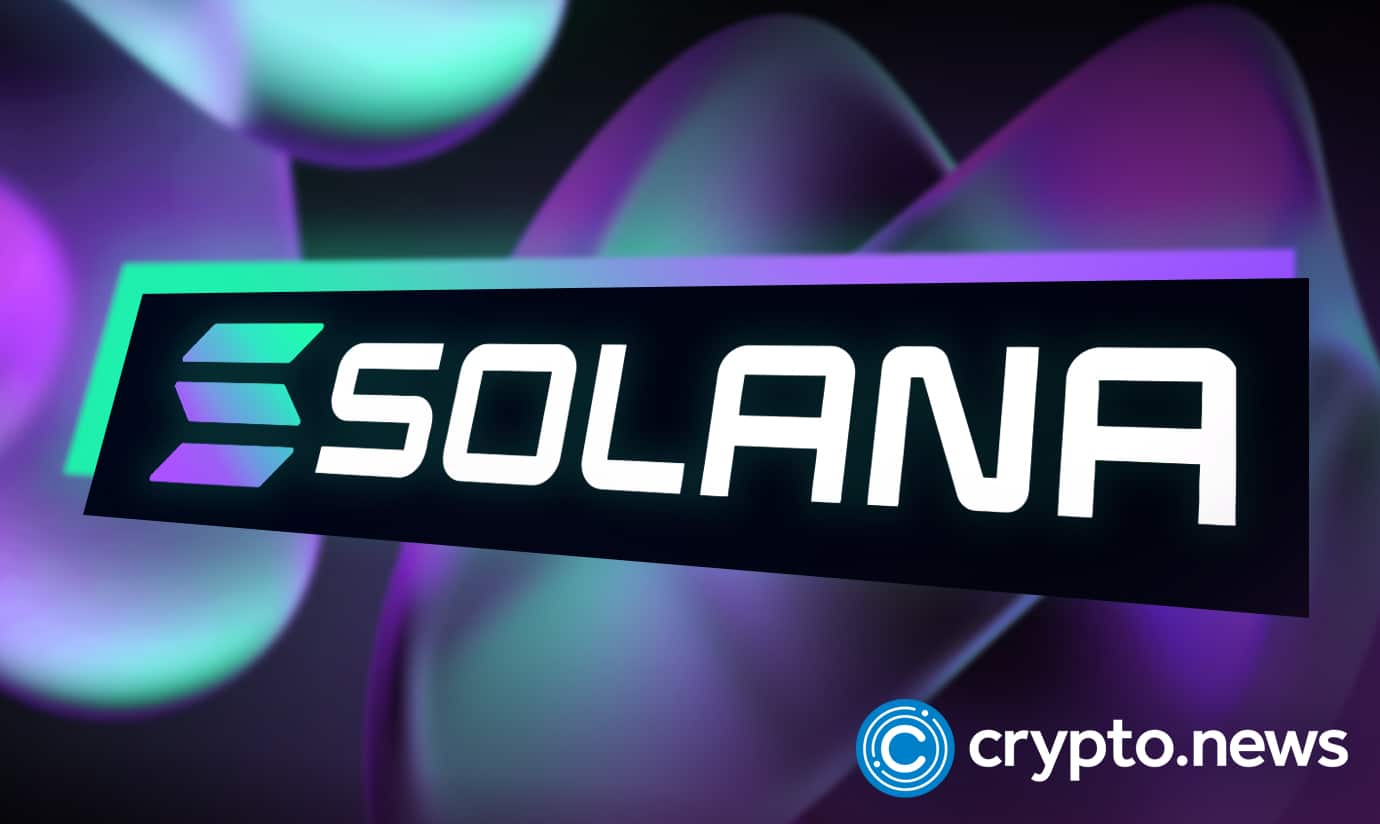
2024-6-20 12:03 |
Part of the Solana blockchain, the Solana Virtual Machine (SVM) is essential and built to execute smart contracts incredibly quickly and effectively.
Consider virtual machines, engines that drive decentralized programs (dApps) across many platforms without requiring particular hardware or software. Blockchain’s growth and scalability depend on this flexibility.
Powerful and reasonably priced, the SVM is particularly remarkable and is drawing interest from outside the Solana community.
Understanding the Solana Virtual Machine (SVM)The Solana Virtual Machine (SVM) runs the smart contracts on the Solana blockchain and ensures that everything moves quickly and effectively. Its special architecture and Proof of History (PoH) technology, which maintains seamless operations, allow it to manage several transactions simultaneously.
Simply said, the SVM converts code into instructions that the blockchain can comprehend, hence enabling decentralized programs (dApps). Solana is, therefore, kept prompt and dependable, which appeals to developers and companies.
One of the SVM’s main benefits is its speed—Solana can handle thousands of transactions per second, far quicker than many other blockchains. This works fantastically for apps like gaming and banking that require quick transactions.
Furthermore, Solana pays quite little for transactions because of the effectiveness of the SVM. Therefore, it is both reasonably priced and appealing to developers and users.
Faster and less expensive than the Ethereum Virtual Machine (EVM), the SVM solves many of the latter’s scalability and cost problems. Thus, Solana is a formidable candidate for future blockchain technology.
The Increasing Interest in SVMThe blockchain world is fast turning to the Solana Virtual Machine (SVM) because of its low cost and great performance. Developers adore its ease of use in creating quick and effective decentralized apps (dApps). Their production of several useful resources is generating even greater attention and expansion.
Many projects have selected Solana because of SVM’s strong performance. Alliances with other blockchain systems are adding more strength and user-friendliness.
Serum is a DeFi platform that uses the SVM for fast, low-fee trading; Metaplex is an NFT project for effective minting and trading of digital assets. These success stories demonstrate the SVM’s considerable flexibility and efficacy.
The SVM is making quite a stir in the blockchain community. The SVM will be at the forefront of next-generation blockchain technology as more individuals and projects sign up.
Using the SVM Beyond SolanaExpanding blockchain technology requires several blockchains to interact properly, which is what happens when the Solana Virtual Machine (SVM) is used outside of Solana. Blockchains are, therefore, more flexible and potent as they can exchange data and carry out transactions without problems.
Solana’s low cost and rapid speed can greatly improve other blockchains. Integrating the SVM with other networks can improve speed, cut costs, and build apps that function on many platforms, lowering problems like network congestion.
This integration, though, comes with challenges. Compatibility is difficult because every blockchain has different protocols. To overcome this, developers are developing cross-chain bridges and interoperability protocols.
Security raises still another issue. Deals across chains need to be reliable and safe. Atomic swaps and decentralized Oracle networks partly ensure this.
Despite these difficulties, using the SVM outside of Solana has several advantages. By resolving these problems, the blockchain ecosystem can be made more effective and linked, promoting innovation and optimizing the SVM’s potential.
Use Cases of SVM Across ChainsThrough cost- and speed-cutting, the Solana Virtual Machine (SVM) is creating a lot of buzz in several domains.
In DeFi, the SVM can assist other blockchains, like Ethereum, in lowering costs and congestion, thereby facilitating and simplifying trade.
SVM expedites and lowers the price of minting and exchanging digital assets for NFT markets. The ease with which artists and collectors may trade across several platforms is fantastic news.
The SVM guarantees quick and reasonably priced in-game purchases for gamers, improving their experience. The ability for users to use their assets across several games and platforms also makes gaming more dynamic.
The SVM improves tracking, lowers delays, and cheaply handles large transaction volumes, increasing supply chain management efficiency.
Simply said, the SVM’s ability to accelerate, lower, and link blockchain technology benefits many applications.
How Zeus Layer Uses SVMZeus Network is a software that tries to improve the Web3 ecosystem by extending the Solana Virtual Machine (SVM) across several blockchain networks.
The Zeus Programmable Library (ZPL) facilitates the integration of blockchain applications with the SVM. This modular method uses Solana’s speed and cost-effectiveness across different networks to facilitate developers’ easier connection of their apps to the SVM.
Zeus Layer is notably scalable. Its capacity to run several applications concurrently without causing performance problems is crucial as adopting decentralized apps (dApps) expands in industries such as supply chain management, gaming, and finance. This guarantees that, over several blockchains, the SVM can manage large transaction volumes without any problems.
Furthermore, Zeus Layer is versatile, allowing developers to build intricate dApps and bespoke protocols suited to certain requirements. Widely supported applications using this programmable framework foster creativity and increase the capabilities of the SVM.
Zeus Layer security features include transaction protection with programmable signatures and fraud proofs. Transactions on Solana are signed on the Zeus Layer and broadcast to the destination blockchain. Honest nodes can provide fraud evidence to preserve network integrity if any of them behave maliciously.
With Zeus Layer, SVM deployment on several blockchains will be improved. Decentralized technology is advanced by the tools that its scalable, secure, and adaptable architecture gives developers the advantage of SVM outside of Solana.
Future ProspectsDifferent networks cooperating seamlessly is essential to blockchain development, and sophisticated technologies like the Solana Virtual Machine (SVM) are crucial. Using the SVM, one can solve issues like high fees and network congestion experienced on platforms like Ethereum and speed up and reduce the cost of transactions across various blockchains.
More extensive application of the SVM will enhance performance and stimulate fresh concepts, increasing the efficiency of the blockchain system as a whole. This will alter the application of blockchain technology by enabling developers to produce better and more reasonably priced decentralized applications.
Similar to Notcoin - Blum - Airdrops In 2024
Solana (SOL) на Currencies.ru
|
|













